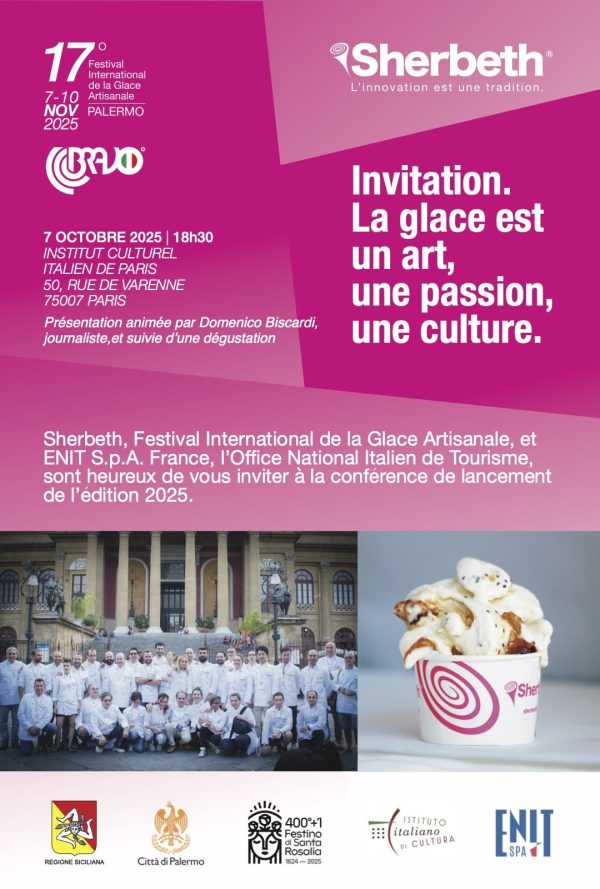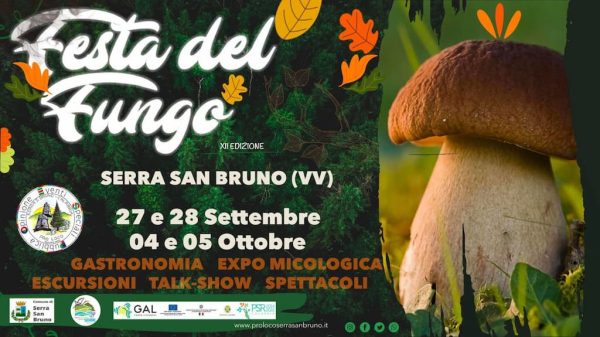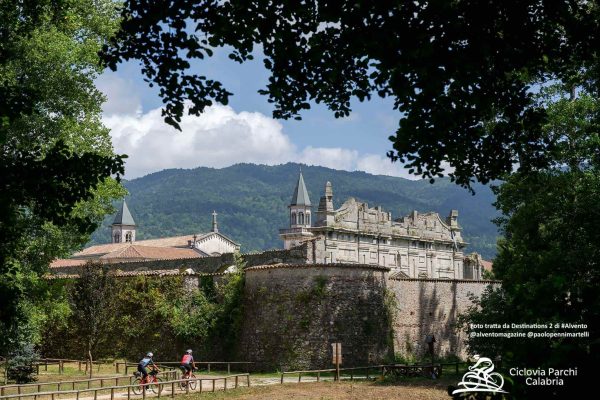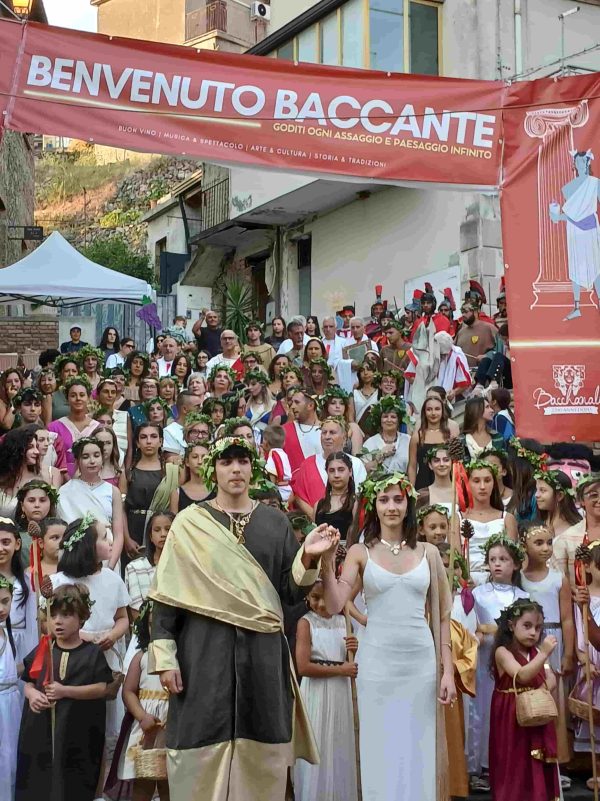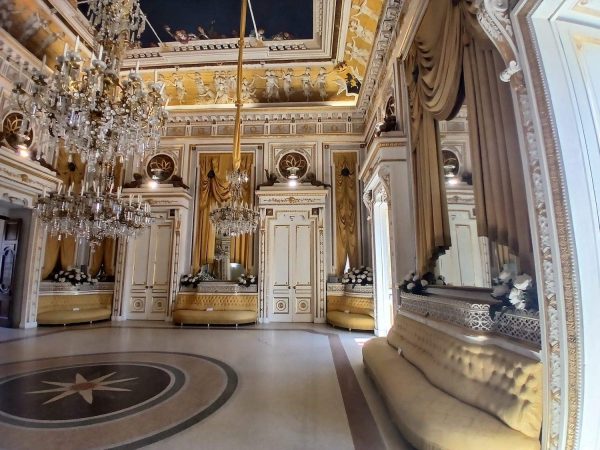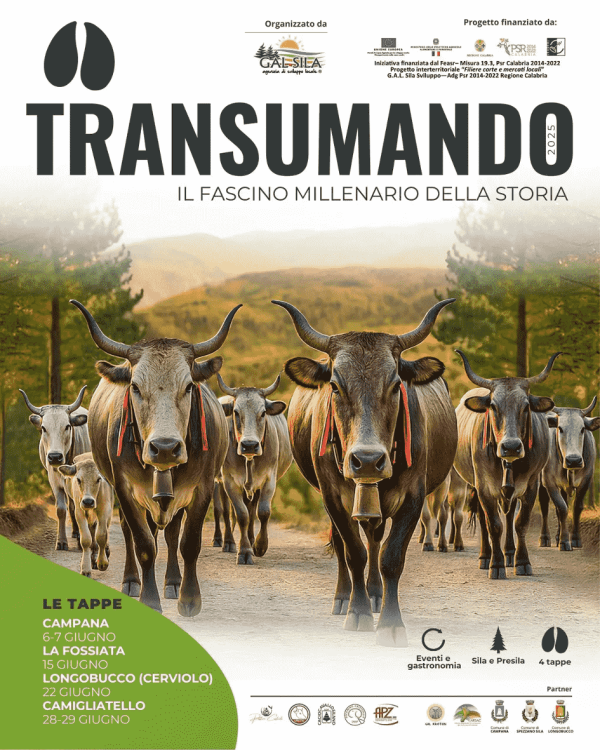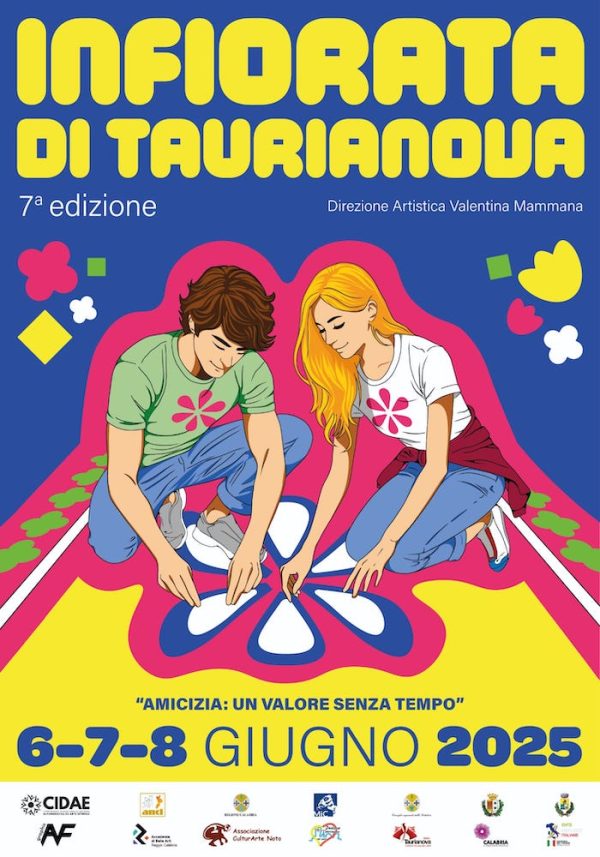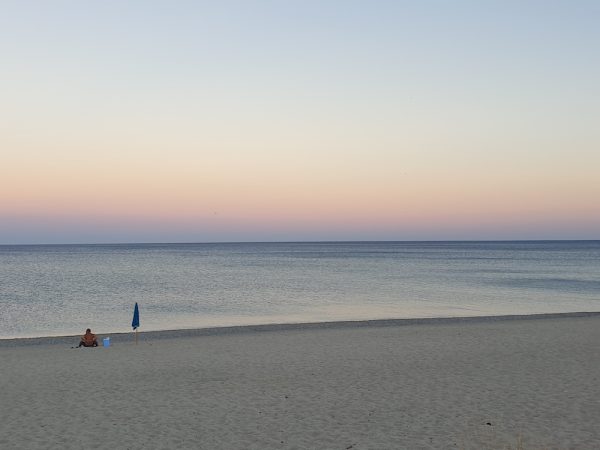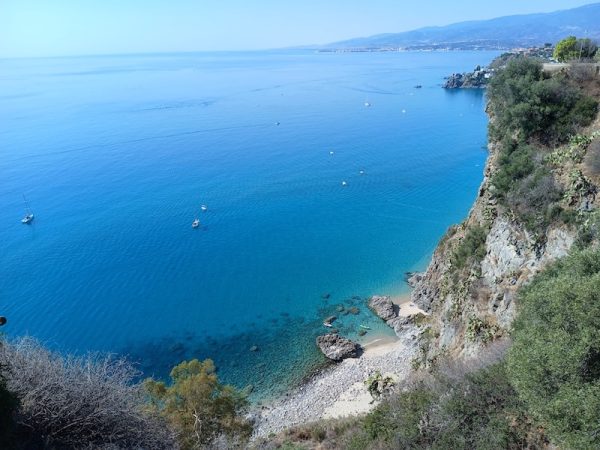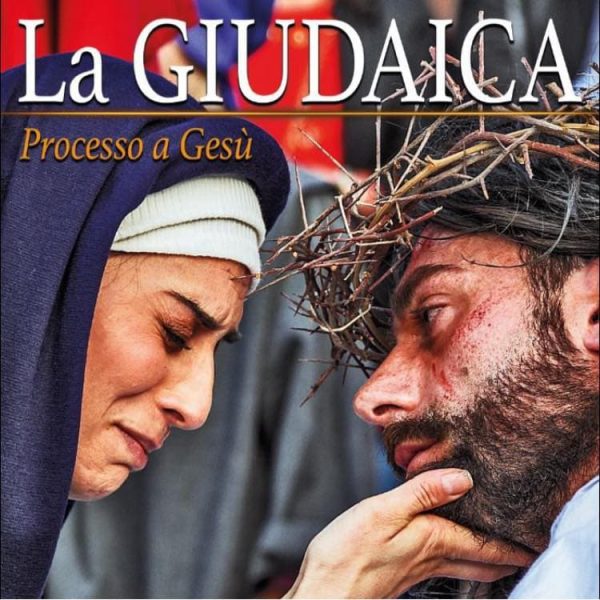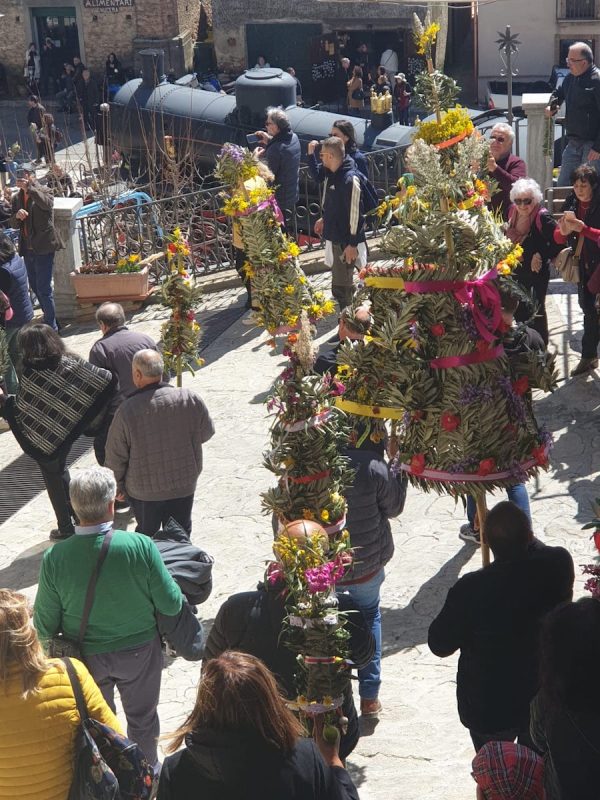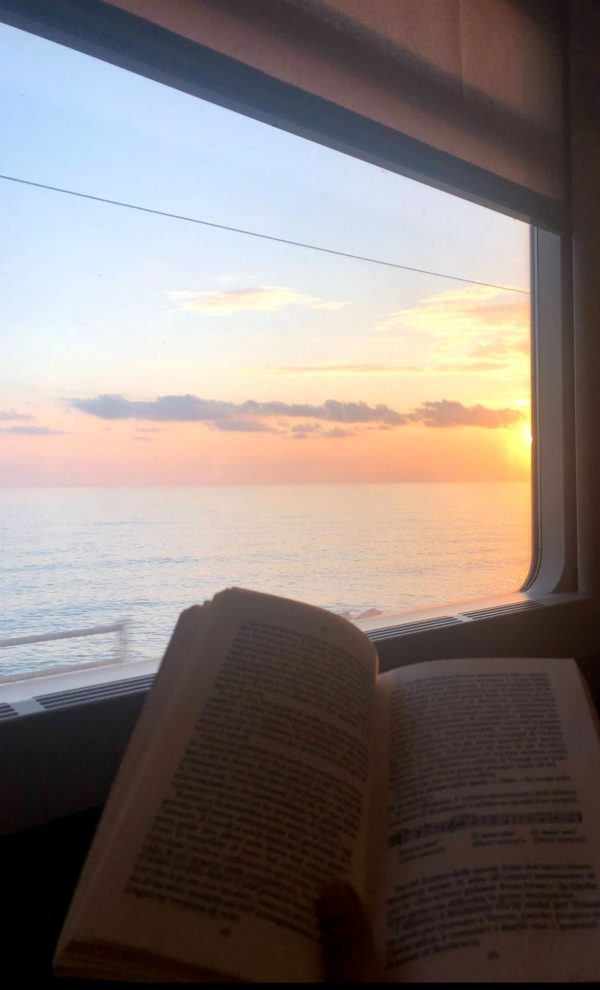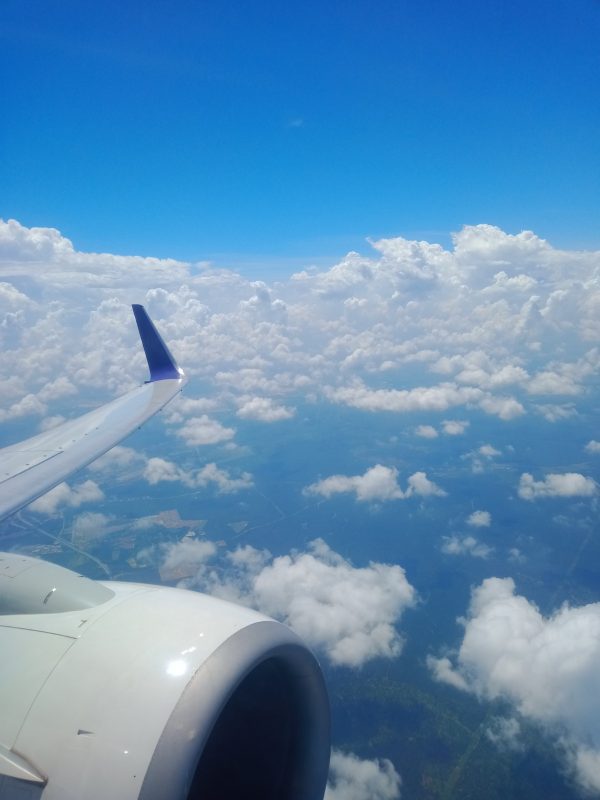
From the plains to the mountains in spring, and from the mountains back to the plains in autumn, the age-old ritual of transhumance is renewed each year—a tradition dating back to Roman times.
Twice a year, flocks migrate in search of richer pastures, following the tratturi—ancient grassy routes linking the sea to the mountains. Along these paths, thousands of animals and hundreds of herders continue a practice that still serves essential ecological functions: preventing overgrazing, reducing wildfire risks, and promoting the spread of native plant species.
Transhumance also holds deep social value. This seasonal journey preserves traditional knowledge, fosters intergenerational exchange, and strengthens the bond with the land.
While the practice has partially modernized, it remains a powerful occasion for cultural exchange and the celebration of rural heritage. In natural parks and protected areas, transhumance is often commemorated on foot as a cultural event, with festivals, historical reenactments, and walking trails along the tratturi, attracting tourists and enthusiasts and bringing economic benefits to the villages involved.
In 2019, UNESCO recognized transhumance as Intangible Cultural Heritage of Humanity, and the tratturi were included in the UNESCO Cultural Routes.
This recognition helps protect the landscape, promotes slow and sustainable tourism, and supports efforts to preserve pastoral routes—safeguarding rural identity and the collective memory of local communities, all in harmony with nature’s ancient rhythms.
This year as well, in Calabria, transhumance will be celebrated through a range of initiatives involving the villages crossed by the herds, offering everyone a chance to experience this ancient tradition up close.

